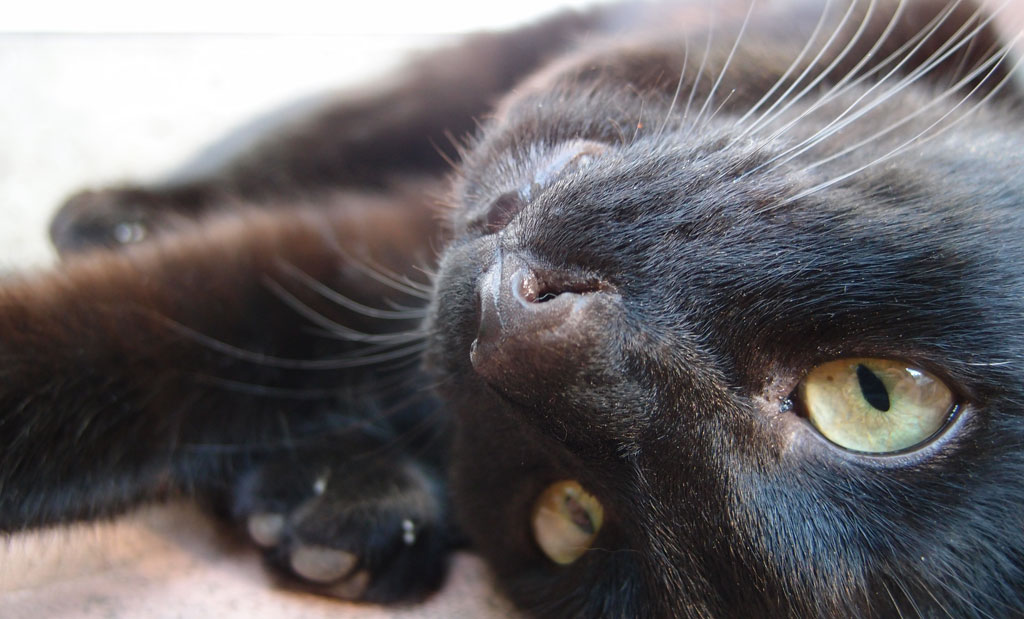Cat Body Language
Many people believe cats don't really 'say' much because they're not generally that vocal. However, you can understand a lot about how your cat is feeling or what they want just by learning to watch and understand their body language.
Tail - Cats use their tails to signify lots of different emotions.
- If your cat runs to greet you they will probably hold their tail high in welcome. Cats greet close friends with their tails held high, indicating happiness.
- A twitching tail usually means excitement and interest. Usually about something such as a bird or squirrel outside that they want to chase.
- A long swish of the tail indicates irritation and annoyance so leave your cat alone if they begin to do this.
- Many people believe a quivering tail is the biggest gesture of love your cat can give you and this is only ever shown for their most favourite person.
- A low or tucked under tail indicates a frightened cat. If this is also accompanied by flatted ears and a growl, retreat away as frightened cats can pounce and scratch trying to defend themselves.
Article continues below advert...
